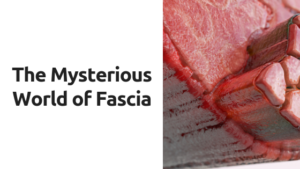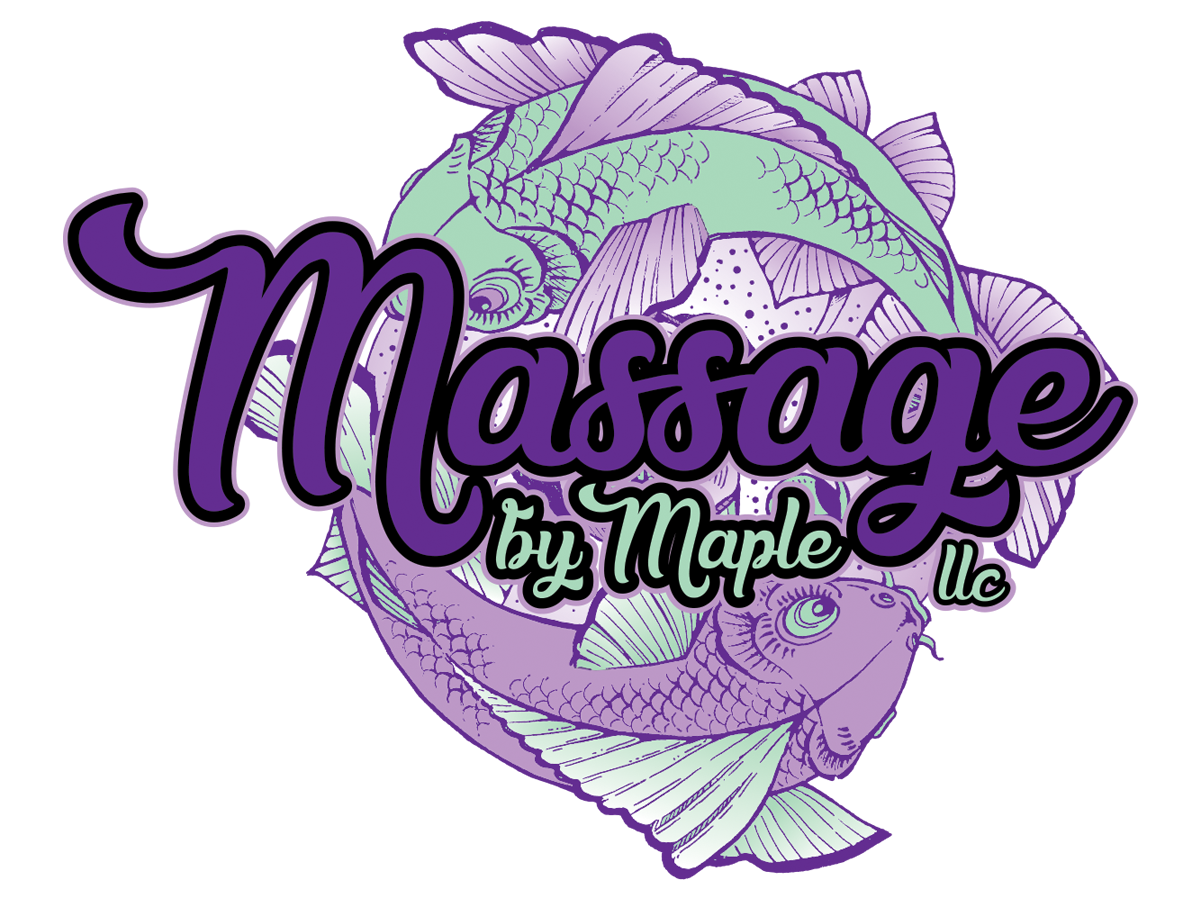
You may have heard the term fascia thrown around, especially if you’re familiar with bodywork or fitness jargon. But what exactly is fascia? Fascia is simply a type of connective tissue, and it’s actually quite complex; not so much because of what it is, but rather the enormous job that it has within the body. Fascia weaves in and out of every single part of your body, binding muscle fibers and muscle groups (called myofascia), wrapping around bones, nerves, and blood vessels, essentially holding everything in place as it should be. The amazing thing about it, is that fascia is strong yet flexible, in the sense that it acts as a mild shock absorber for the structures it encompasses, and is constantly changing length and shape to accommodate the necessary movements of all these structures. So, with this intricate work, what happens if something goes wrong?
Well, fascia is just like any other tissue in that once it’s damaged it can heal, but that often leaves a scar of sorts. Essentially, the new tissue that is laid down in the healing process is not quite as elastic as the original version. That’s not such a big deal usually, but with repeated damage to particular areas over time, that loss of elasticity can lead to pain and restrictions in movement. No need to worry though, this can be corrected. Just like other forms of scar tissue can be softened, allowing range of motion to be restored and pain to improve, the same can be done for fascial restrictions.
Massage therapy, particularly paired with cupping, is a great way to start relieving your symptoms. Cupping performs the opposite action that massage does in that it uses suction, or negative pressure instead of pressure to loosen up fascia that has become stiffened and create space for circulation around the tissue which helps promote that loosened state. Some people are hesitant to try cupping. I find however that almost everyone who tries it, requests it at each session thereafter. The client does not miss out on massage when getting cupping at my studio because I always pair it with massage! I urge you to try cupping if you have not, and if you don’t care for it we will simply stop and continue your session as normal.
Cupping can help soreness and pain immensely and be done almost anywhere on the body from face to feet (seriously!). During your session, you may find that I work areas of the body not directly over the particular areas you complain of. Because of the interwoven connectedness of fascia, oftentimes the source of a restriction is not where the symptoms present. Together, you and I can work to discover the potential outer lying issues, as well as any holding and compensation patterns. We may also discuss exercises, stretches, and other forms of bodywork that can help, depending on your specific needs.
The most important thing to remember is to listen to your body. If a movement or exercise doesn’t feel right, don’t do it. When your muscles are telling you they need a rest give it to them. Introducing massage and cupping as a part of your regular health care can help prevent the problem from getting too overwhelming.
